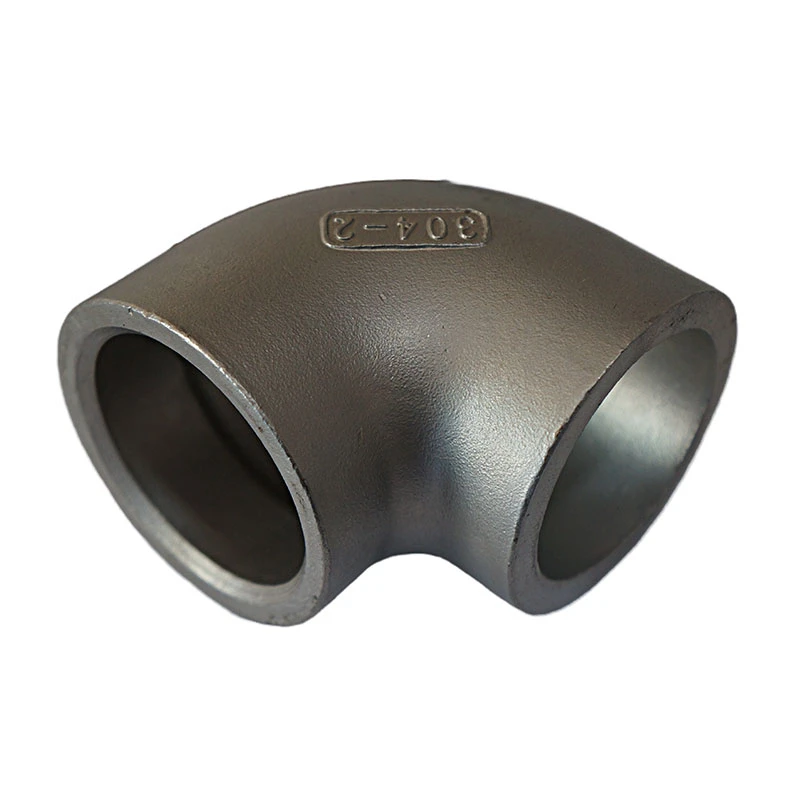Exploring OEM Harness Connectors and Their Applications in Modern Automotive Design
Understanding OEM Harness Connectors An Essential Component of Modern Vehicles
In the ever-evolving landscape of automotive technology, Original Equipment Manufacturer (OEM) harness connectors play a pivotal role in ensuring the seamless operation of vehicles. These connectors are an integral part of the electrical wiring harnesses that facilitate communication and power distribution between various components of a vehicle, such as sensors, control units, and other electronic devices. As the automotive industry increasingly relies on advanced electronics, understanding the significance and functionality of OEM harness connectors becomes crucial.
What Are OEM Harness Connectors?
OEM harness connectors are specially designed electrical connectors used in manufacturing vehicles. They are engineered to meet the rigorous standards set by automotive manufacturers, ensuring reliability, durability, and compatibility with the vehicle’s electrical system. These connectors come in various shapes, sizes, and configurations, each tailored for specific applications within the vehicle. They are typically made from robust materials that can withstand extreme temperatures, vibrations, and environmental conditions, ensuring long-lasting performance.
Importance of OEM Harness Connectors
1. Electrical Integrity Harness connectors play a critical role in maintaining electrical integrity within a vehicle. They provide secure connections that prevent electrical shorts, intermittent connections, and signal loss, which can lead to malfunctions in various systems.
2. Ease of Assembly and Maintenance The design of OEM harness connectors allows for easy assembly and disassembly, simplifying the manufacturing process and making it easier for technicians to perform maintenance or repairs. This is especially important in modern vehicles, which often have complex electrical systems.
3. Compatibility and Customization OEM harness connectors are designed to fit specific applications within the vehicle. They come with customized pin configurations and locking mechanisms that enhance connection security and prevent accidental disconnections, ensuring that every component works as intended.
4. Safety and Compliance Automotive manufacturers must adhere to strict safety regulations and standards. OEM harness connectors are tested to meet these guidelines, ensuring that they can handle the electrical demands of modern vehicles and minimize risks associated with electrical failures.
Types of OEM Harness Connectors
oem harness connectors

There are several types of OEM harness connectors, each suited for different functions
- Sealed Connectors These connectors are designed to protect against moisture, dust, and other environmental factors. They are commonly used in applications exposed to harsh conditions, such as under the hood of a vehicle. - Unsealed Connectors While less robust against environmental factors, unsealed connectors are often found in interior applications where exposure to moisture and dirt is limited.
- Rectangular Connectors These are typically used for high-pin-count applications, providing multiple connections in a compact format.
- Circular Connectors Known for their reliability and durability, circular connectors are often found in automotive sensors and signal applications.
The Future of OEM Harness Connectors
As vehicles become more sophisticated, the demand for advanced OEM harness connectors continues to grow. The rise of electric and hybrid vehicles, along with the integration of autonomous driving technologies, necessitates connectors that can handle higher voltages and data rates. This evolution calls for ongoing innovation in connector design, materials, and manufacturing processes.
Additionally, the automotive industry’s shift towards sustainability is influencing the production of OEM harness connectors. Manufacturers are exploring eco-friendly materials and practices to minimize their environmental impact while maintaining high performance standards.
Conclusion
In summary, OEM harness connectors are a fundamental component of modern automotive design, ensuring the reliable operation of vehicles through effective electrical connections. With the automotive industry continuously progressing towards more complex and environmentally friendly technologies, the importance and evolution of these connectors will only increase. Understanding their role can provide valuable insights into the inner workings of today’s vehicles, highlighting the intricate relationship between technology and automotive engineering. As we move forward, the development of innovative OEM harness connectors will remain essential to fostering the future of transportation.
-
Crawler Drilling Rig - Baoding Hairun|Confined Space Drilling&Mine SafetyNewsAug.15,2025
-
Drill For Confined Spaces-Crawler Mounted Drill Rig | Crawler Drill Rig for SaleNewsAug.15,2025
-
Premium OEM Auto Parts & Stamping - Reliable ManufacturersNewsAug.15,2025
-
Crawler Drilling Rig for Confined Spaces-Baoding Hairun MachineryNewsAug.15,2025
-
Drill For Confined Spaces - Baoding Hairun Machinery And Equipment Trading Co., Ltd.NewsAug.15,2025
-
Advanced Crawler Drilling Rig - Baoding Hairun Machinery | Underground Mining SolutionsNewsAug.14,2025















